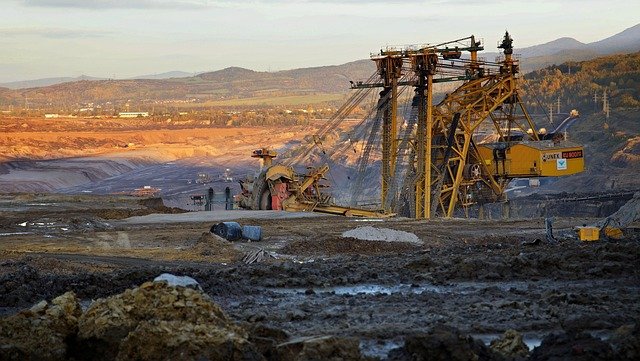How to Build a Career Operating Heavy Machinery Globally
A career operating heavy machinery can span construction sites, ports, and industrial facilities around the world. Building a sustainable path requires practical training, recognized certification, and an understanding of safety, maintenance, and local compliance. This article outlines the core skills, pathways to licensing, and considerations for operating equipment like cranes and excavators across different regions.

How to Build a Career Operating Heavy Machinery Globally
Working with heavy machinery demands a mix of hands-on skills, formal training, and consistent attention to safety and maintenance. Whether you aim to operate cranes at a port, excavators on a construction site, or specialized equipment in logistics hubs, developing a career in this field means balancing practical experience with certification, licensing, and an awareness of regional compliance. Employers and projects worldwide look for operators who can demonstrate safe practices, reliable skills, and the ability to adapt across varied work environments.
What skills and training are essential?
Core skills for machinery operation include spatial awareness, mechanical aptitude, coordination, and clear communication. Training programs—ranging from vocational courses to on-the-job apprenticeships—teach equipment-specific controls, load management, and basic troubleshooting. Emphasize machine-specific training for cranes, excavators, forklifts, or specialized site equipment to build proficiency. Practical training hours and supervised operation matter as much as classroom instruction; seek opportunities with local services or training centers that provide hands-on sessions and structured progression plans.
How do certification and licensing work?
Certification and licensing vary by country and sometimes by state or province. Many regions require operators to hold nationally recognized certificates or licenses that confirm competency with particular machinery categories. Typical pathways involve completing an approved training course, passing written and practical assessments, and meeting any medical or age requirements. Keep documentation organized and verify reciprocity rules if you plan to work internationally—some countries accept foreign certificates with additional assessments, while others require local licensing or endorsements.
How to manage safety and compliance on site?
Safety is central to operating heavy equipment. Familiarize yourself with site-specific safety plans, personal protective equipment (PPE) protocols, and emergency procedures. Regular safety briefings, toolbox talks, and adherence to load charts and exclusion zones reduce risk. Compliance extends to regulatory inspections, reporting procedures, and environmental controls such as dust and noise mitigation. Document safety training and incident records, and stay current with local regulations through employer resources or industry associations to maintain compliance across different jurisdictions.
What maintenance and equipment care is required?
Routine maintenance prolongs machinery life and supports safe operation. Daily pre-start checks, timely lubrication, fluid inspections, and monitoring of wear points are standard practices. Learn preventive maintenance schedules and basic troubleshooting so minor issues can be reported or addressed before they escalate. Larger servicing and parts replacement should be carried out by qualified technicians, but operators who understand maintenance fundamentals help reduce downtime and demonstrate responsibility that is valued by employers in construction, logistics, and industrial settings.
Where do construction, logistics, and excavation roles intersect?
Construction, logistics, and excavation often rely on overlapping equipment and operator skills. For example, cranes and excavators appear on building sites and in infrastructure projects, while forklifts and mobile loaders are common in logistics yards and ports. Understanding project workflows, load coordination, and site sequencing helps operators move between sectors. Familiarity with site layouts, traffic management, and communication with supervisors and ground personnel improves efficiency and safety when transitioning among different types of assignments.
How do shiftwork, wages, and career progression affect planning?
Shiftwork is common in heavy-equipment roles and may include nights, early mornings, or extended rotations depending on project schedules. Work patterns influence lifestyle choices, health considerations, and long-term career planning. Wages and compensation vary widely by region, sector, and experience level; avoid assuming specific figures and instead research local services, industry reports, and employer policies for current information. Focus on building transferable skills, maintaining up-to-date certification, and pursuing additional endorsements (for crane operation, rigging, or heavy haul) to support steady career progression without relying on advertised openings.
Conclusion
A global career operating heavy machinery rests on combining verified training, appropriate certification and licensing, strong safety habits, and practical maintenance knowledge. Building flexible skills that apply across construction, logistics, and excavation sectors improves mobility and resilience. Stay informed about local compliance and certification requirements, document experience carefully, and seek hands-on opportunities through accredited training providers or local services to maintain competence and expand your career options internationally.






